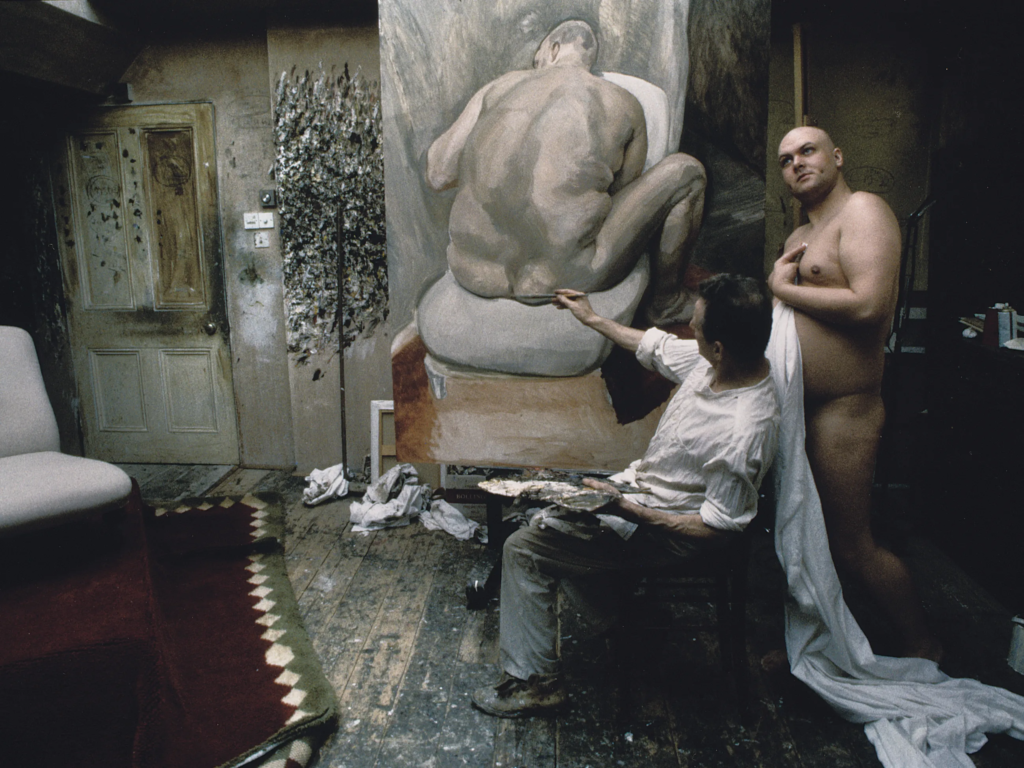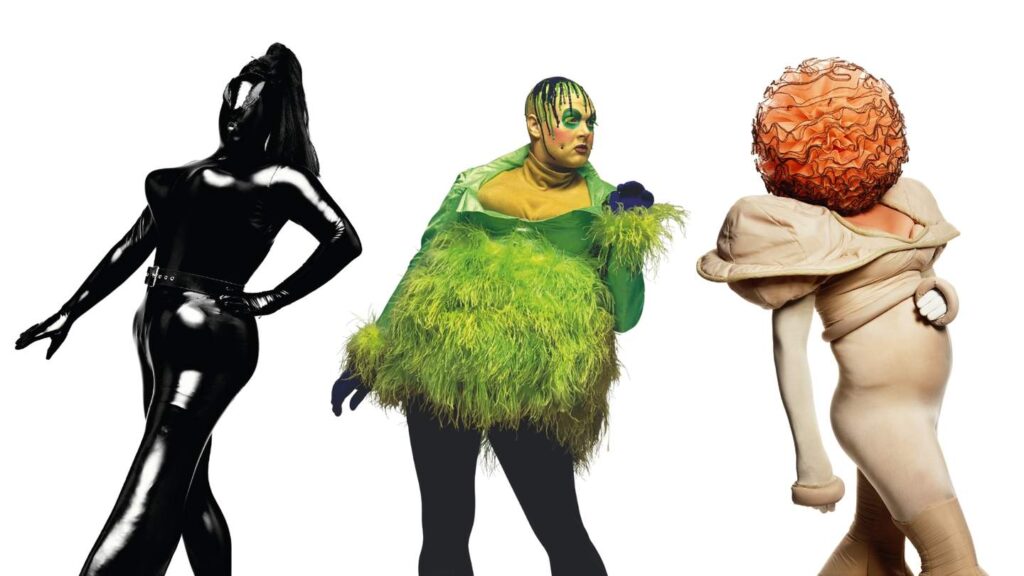As the exhibition for Leigh Bowery at the Tate London is coming to an end we are dedicating a moment to honor his contribution to the underground art scene.
An icon Leaves Sunshine: Early Life and Leap to London
Born in 1961 in Sunshine, a conservative suburb of Melbourne, Leigh Bowery grew up with a love of music and design, enrolling briefly at RMIT to study fashion. Restless and eager to challenge norms, he fled to London in 1980 with a sewing machine—and a fervent desire to reinvent himself.

Becoming Legend in the Underground
In London’s underground club culture of the 1980s, Bowery found fertile ground to grow his artistic persona. He quickly became a fixture, forming a trio known as the “Three Kings” with friends Trojan (Gary Barnes) and David Walls—wearing the outrageous costumes he crafted himself. His world-challenging aesthetic fully unfolded with the launch of Taboo in 1985, a nightclub he co-founded in Leicester Square. Taboo was more than a venue—it was a stage for identity exploration, uninhibited creativity, and an aesthetic revolution. The door policy, asking “Would you let yourself in?”, remains an iconic emblem of the club’s provocative spirit.

Costume, Body, and Performance as Medium
Bowery treated his body as raw material. He sculpted unforgettable personas with towering platforms, latex masks, prosthetics, and garish makeup—his figure became a living sculpture and ongoing self-portrait. His radical approach extended to dance and art: he designed costumes for the Michael Clark Dance Company from 1984 onward, a collaboration that earned him accolades such as the Bessie Award. Not content with stage performances alone, he also used filth and shock—most notoriously in a 1990 AIDS benefit where he performed with explicit bodily acts—as tools of confrontation and social commentary.


Fearless Muse: Relationship with Lucian Freud
By the late 1980s, Bowery had drawn the attention of esteemed painter Lucian Freud. Meeting at Taboo, this unlikely pairing resulted in some of Freud’s most compelling artwork: Bowery posed nude in large-scale portraits that dramatically juxtapose his flamboyant persona with Freud’s unflinching realism. For Bowery, collaborating with Freud was deeply psychological—“like undergoing psychoanalysis,” he said. Freud, in turn, praised Bowery’s body as “perfectly beautiful”.

Minty, Marriage, and Final Performances
In his final years, Bowery took his performance into music. In 1993, he co-founded the art-pop band Minty, a theatrical, tongue-in-cheek creation mixing cabaret, shock, and gender-bending imagery—including a notorious “birth” performance with his partner Nicola Bateman. In May 1994, he married Nicola in what they framed as a personal art performance. Behind the bold public persona lay a private struggle: Bowery had been HIV positive since as early as 1988, a secret he concealed even from his wife until shortly before his untimely death. His final appearance came in November 1994 at London’s Freedom Café, attended by both Freud and a then-unknown Alexander McQueen.

Tragic Finale: AIDS and Farewell
On New Year’s Eve 1994, Bowery passed away in Middlesex Hospital in London from complications related to AIDS—just weeks after his 33rd birthday. His death marked the end of a brief but incandescent career, but as painfully common in that era’s queer creative communities, it underscored the devastating toll of the epidemic.
Legacy: From Cult Icon to Cultural Hero
Despite his tragic end, Bowery’s influence towered beyond the underground. He shaped flamboyant drag, queer performance, and avant-garde fashion. Designers from Alexander McQueen to Rick Owens and John Galliano cite his fearless visual language as a catalyst for their own artistic boundaries. His fluid, anti-norm approach prefigured today’s explorations of identity, digital self-expression, and queerness—it’s no stretch to say Bowery anticipated the zeitgeist. The Colections at Tate Modern capture that spirit in immersive chapters—from “home” to “club,” to performance, to high art—celebrating his multi-faceted genius.

This moment, with the Leigh Bowery retrospective nearing its close at Tate Modern, gives us a rare opportunity: to reflect on an artist who stretched the body, aesthetic, and society itself. Bowery’s work reminds us that true creativity lives in audacity, play, discomfort, and transformation. He didn’t just perform art—he lived it, shapeshifting beyond any label. His legacy lingers in our queer culture, fashion cosmos, and, yes, our radical online worlds.
Also read: Queer wave Cyprus returns this September at NiMAC
For more videos and updates, check out our YouTube channel.


